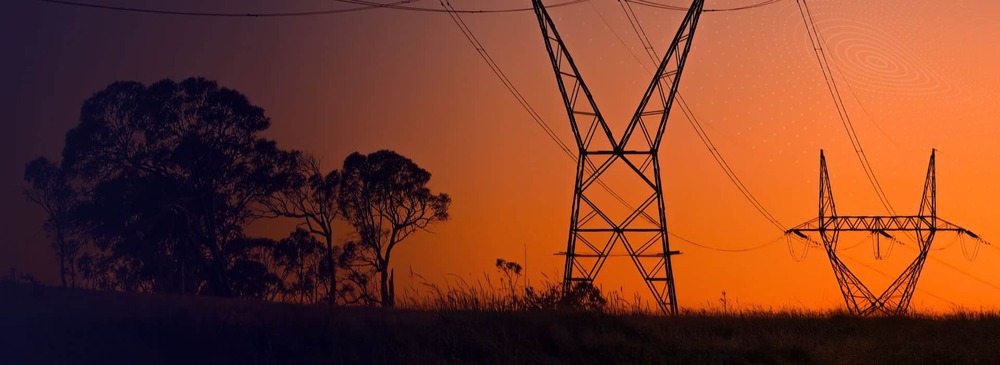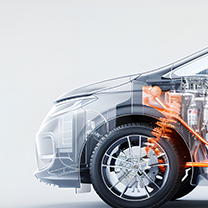
Products
Fast, Reliable, Everywhere

Solutions
Efficient, Innovative EV Charging Solutions.
Electric vehicles are scaling fast in the U.S., supported by large federal investments and an expected 48 million EVs on the road by 2030. This growth will not break the grid overall—but localized peaks (e.g., many neighbors plugging in at 6–9 p.m.) will stress distribution feeders, transformers, and substations. For utilities, that challenge is a once-in-a-generation opportunity to enter and shape the EV charging market, strengthen grid reliability, and rebuild customer relationships.

Recent industry surveys echo the pressure points for charge point operators: energy availability at sites, high charger utilization, and network reliability. Utilities are uniquely positioned to solve these problems at scale.
This paper outlines a practical playbook for utilities to:
Win-win principle: Align tariffs and incentives so that what maximizes customer savings also maximizes grid value (peak reduction, voltage support).
| Program | What it does | Grid/Business impact |
|---|---|---|
| Off-peak EV TOU | Lowers kWh price overnight/weekends | Peak reduction, better asset utilization |
| Managed L2 at scale | Utility schedules millions of home/workplace charges | Feeder relief, predictable load shape |
| Depot storage + managed DCFC | Batteries cap site demand and support high power | Avoids demand charges & upstream upgrades |
| V2G school bus pilot | Export during summer peaks | Capacity value, community resiliency |
| Make-ready + CPO SLA | Utility builds to stub; CPO runs site with uptime targets | Faster buildout, reliable driver experience |
0–90 days
3–12 months
12–18 months
EV adoption doesn’t demand a bigger grid everywhere—it demands a smarter, more flexible grid where it matters most. Utilities can lead by orchestrating EV load, investing in targeted flexibility, and delivering a consumer-grade charging experience. Done right, this is a win-win: resilient local grids, satisfied drivers and fleets, and durable new revenue streams for the utility.
